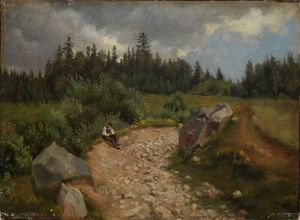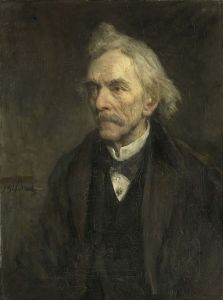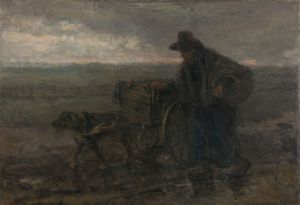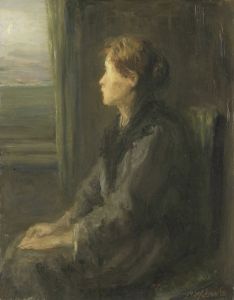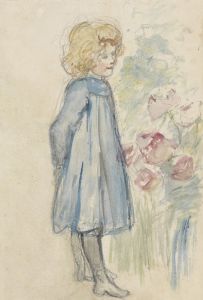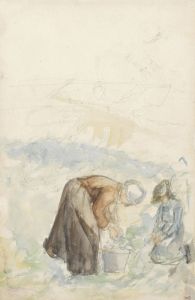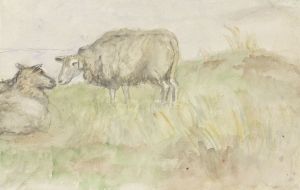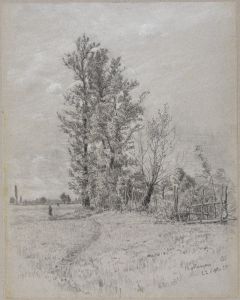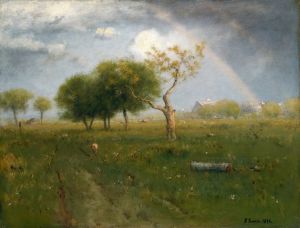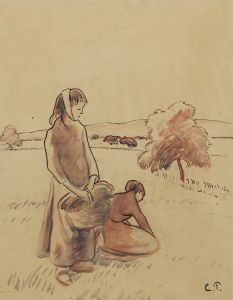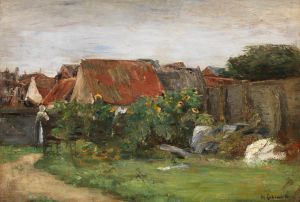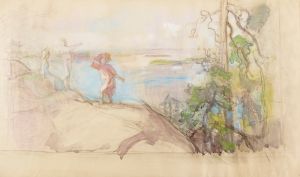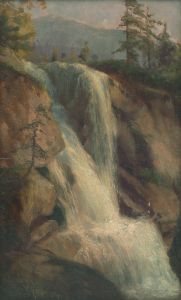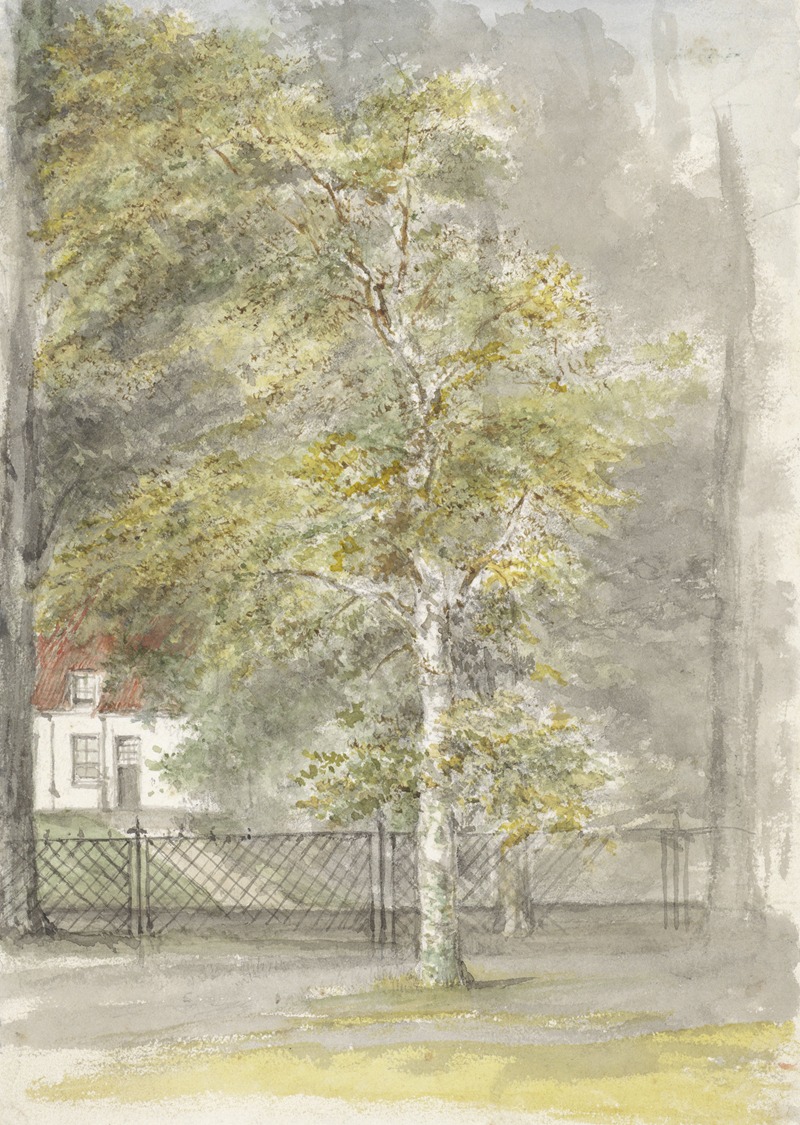
Boom voor het hek van een landhuis
A hand-painted replica of Jozef Israëls’s masterpiece Boom voor het hek van een landhuis, meticulously crafted by professional artists to capture the true essence of the original. Each piece is created with museum-quality canvas and rare mineral pigments, carefully painted by experienced artists with delicate brushstrokes and rich, layered colors to perfectly recreate the texture of the original artwork. Unlike machine-printed reproductions, this hand-painted version brings the painting to life, infused with the artist’s emotions and skill in every stroke. Whether for personal collection or home decoration, it instantly elevates the artistic atmosphere of any space.
Jozef Israëls, a prominent Dutch painter of the 19th century, is renowned for his evocative and emotive works that often depict scenes of rural life and the struggles of common people. One of his lesser-known works, "Boom voor het hek van een landhuis" (Tree in Front of the Gate of a Country House), exemplifies his keen eye for capturing the serene and contemplative aspects of nature and human environments.
Israëls was born in Groningen, Netherlands, in 1824 and became a leading figure in the Hague School, a group of artists who were influenced by the realism of the French Barbizon School. His works are characterized by their somber tones and a focus on the everyday lives of fishermen, farmers, and other rural inhabitants. While many of his paintings are imbued with a sense of melancholy, they also convey a deep respect for the resilience and dignity of his subjects.
"Boom voor het hek van een landhuis" is a landscape painting that reflects Israëls' ability to infuse natural scenes with a sense of narrative and emotion. The painting features a large, solitary tree standing before the gate of a country house. The composition is simple yet powerful, with the tree dominating the foreground and the gate and house subtly receding into the background. This arrangement draws the viewer's attention to the tree, which can be seen as a symbol of strength and endurance.
The use of light and shadow in the painting is particularly noteworthy. Israëls employs a muted color palette, typical of the Hague School, to create a tranquil and introspective atmosphere. The soft, diffused light suggests either an early morning or late afternoon setting, times of day often associated with reflection and calm. The shadows cast by the tree and the gate add depth to the scene, enhancing the sense of stillness and quietude.
Israëls' technique in this painting, as in many of his works, involves loose brushwork and a focus on capturing the overall mood rather than minute details. This approach allows viewers to engage with the painting on an emotional level, inviting them to contemplate the scene and its possible meanings. The tree, standing alone yet firmly rooted, might evoke themes of solitude, resilience, or the passage of time.
While "Boom voor het hek van een landhuis" may not be as widely recognized as some of Israëls' other works, it nonetheless exemplifies his mastery of landscape painting and his ability to convey profound emotions through simple, everyday scenes. The painting reflects Israëls' broader artistic philosophy, which sought to find beauty and significance in the ordinary aspects of life.
Jozef Israëls continued to paint and exhibit his works until his death in 1911. His legacy is preserved in numerous museums and collections around the world, where his paintings continue to be appreciated for their emotional depth and technical skill. "Boom voor het hek van een landhuis" remains a testament to his talent for capturing the quiet beauty of the natural world and the subtle narratives within it.





